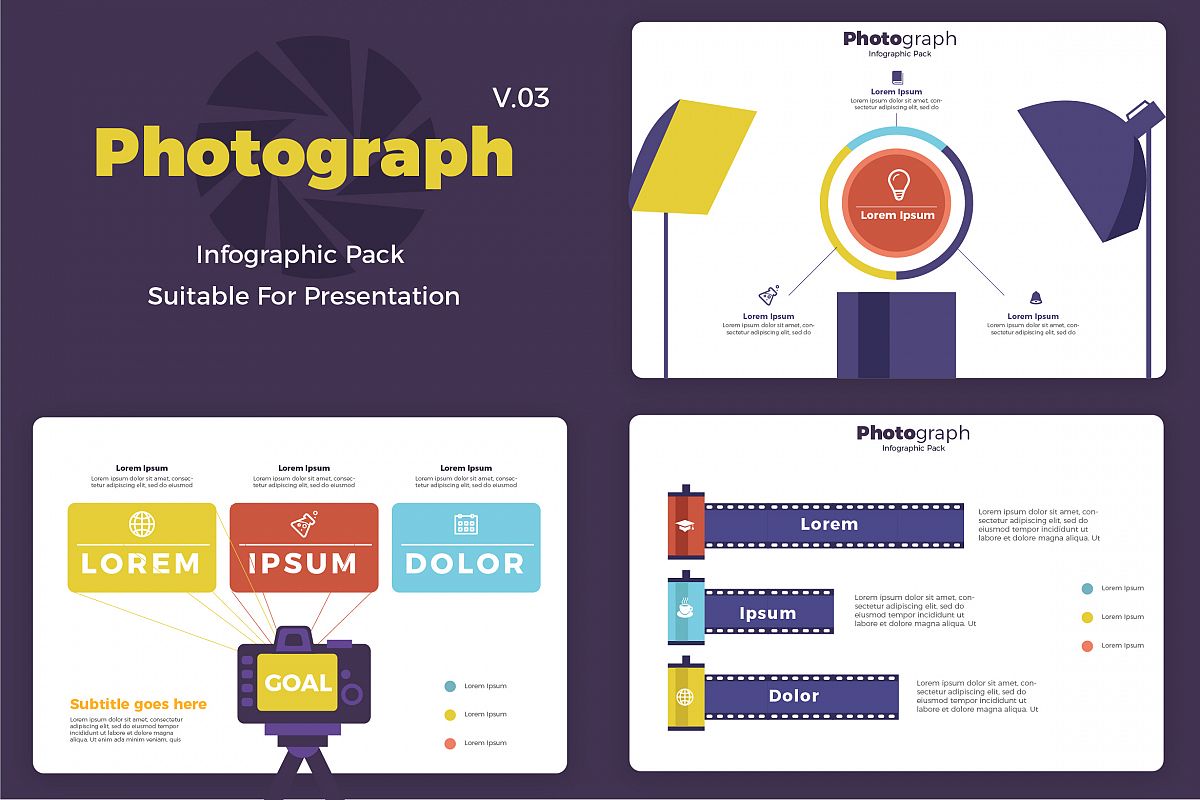Change Your Digital Photography By Understanding Lighting Methods That Can Boost Your Photos-- Uncover The Common Risks That Could Be Holding You Back
Change Your Digital Photography By Understanding Lighting Methods That Can Boost Your Photos-- Uncover The Common Risks That Could Be Holding You Back
Blog Article
Short Article Composed By-Greenwood Fraser
As a digital photographer, you understand that illumination can make or damage your photos. Comprehending the subtleties of both all-natural and artificial light is essential for capturing the state of mind and quality you go for in your work. Whether you're chasing after the perfect golden hour glow or tweak your artificial configurations, mastering these aspects can raise your photography dramatically. Yet there are common challenges that lots of forget, and recognizing them can change your technique to every shoot. Allow's discover what you could be missing and exactly how it can influence your results.
Recognizing All-natural Light
Recognizing all-natural light is essential for any professional photographer wanting to enhance their work. It's the foundation of great photography, affecting mood, tone, and clarity. When you fire outdoors, take notice of the time of day. The gold hour-- quickly after sunup and before sundown-- supplies soft, cozy light that can transform average scenes into spectacular images.
Don't ignore the power of overcast days. Cloud cover diffuses sunshine, producing a soft, even light that's perfect for portraits and macro photography. You'll discover colors pop in this kind of lighting without extreme darkness.
Positioning matters, too. Constantly consider your subject's positioning to the light source. If the sun's behind your subject, you may wind up with a silhouette, which can be dramatic yet mightn't be what you desire. Conversely, straight sunshine can develop uncomplimentary darkness.
Try out angles; often, altering your perspective can generate incredible results. Usage natural reflectors, like water or sand, to bounce light onto your subject, including dimension.
Learning Artificial Light
Mastering fabricated light is vital for digital photographers who wish to take their abilities to the next level. Whether you're utilizing speedlights, workshop strobes, or continuous lights, comprehending how to control these sources can significantly boost your pictures.
Beginning by https://uknow.uky.edu/uk-healthcare/kch-patients-photo-exhibition-shows-beauty-everyday-life on your own with the fundamentals of light quality, instructions, and color temperature. Try out various modifiers like softboxes, umbrellas, or grids to manage the softness or harshness of the light.
You'll find that soft light frequently creates lovely outcomes, while harsher light can add dramatization and deepness. Do not shy away from shadows; they can enhance the three-dimensionality of your topics.
Pay very close attention to the positioning of your lights. A light located also near your subject can create unflattering results, while too far can cause a lack of information. Make use of a light meter or your cam's histogram to ensure you're subjecting correctly.
Last but not least, remember that man-made light can be blended with ambient light for innovative impacts. Balancing these sources may take technique, once you master it, your digital photography will truly radiate.
Techniques for Various Scenarios
When you enter various shooting situations, adapting your lights techniques is critical for recording the best photos. For outdoor pictures, utilize the gold hour-- morning or late afternoon light-- to soften darkness and enhance skin tones.
If it's a rough lunchtime sunlight, take into consideration utilizing a reflector to bounce light back onto your topic or seek shaded locations for a much more even direct exposure.
In low-light circumstances, like indoor events, boost your ISO and utilize a wide aperture to let in even more light. A tripod can aid remove electronic camera shake, allowing for longer direct exposures without obscuring.
If you're shooting at night, trying out off-camera flash to develop vibrant lights and depth in your pictures.
For product photography, utilize diffused illumination to prevent severe representations. Softboxes or light outdoors tents can help attain this result.
When photographing landscapes, think about the direction of light and time of day, as it can considerably change the state of mind of your shot.
Always prepare to readjust your settings and positioning based upon the situation, as flexibility is key to understanding lighting in digital photography.
Conclusion
Finally, understanding lights is essential to elevating your photography abilities. Welcome all-natural light's appeal during golden hour, and do not shy away from try out artificial light methods. By adjusting your approach to different circumstances, you'll catch magnificent images that resonate with emotion and clearness. Remember, the ideal lights can change an average shot into something extraordinary, so keep practicing and fine-tuning your understanding of both natural and man-made light. discover this info here capturing!
